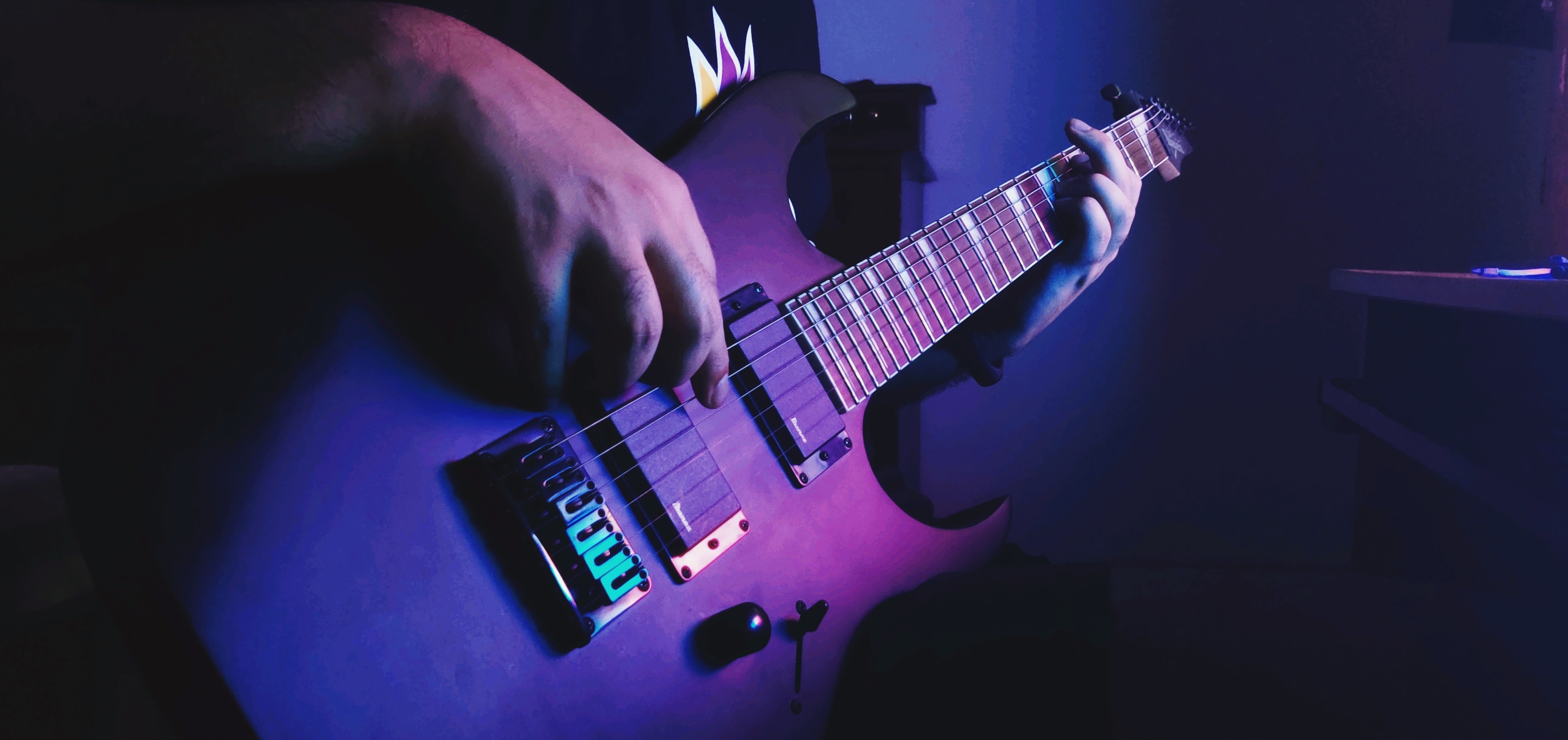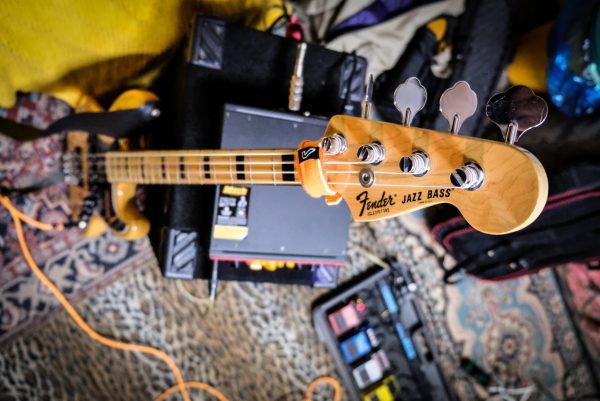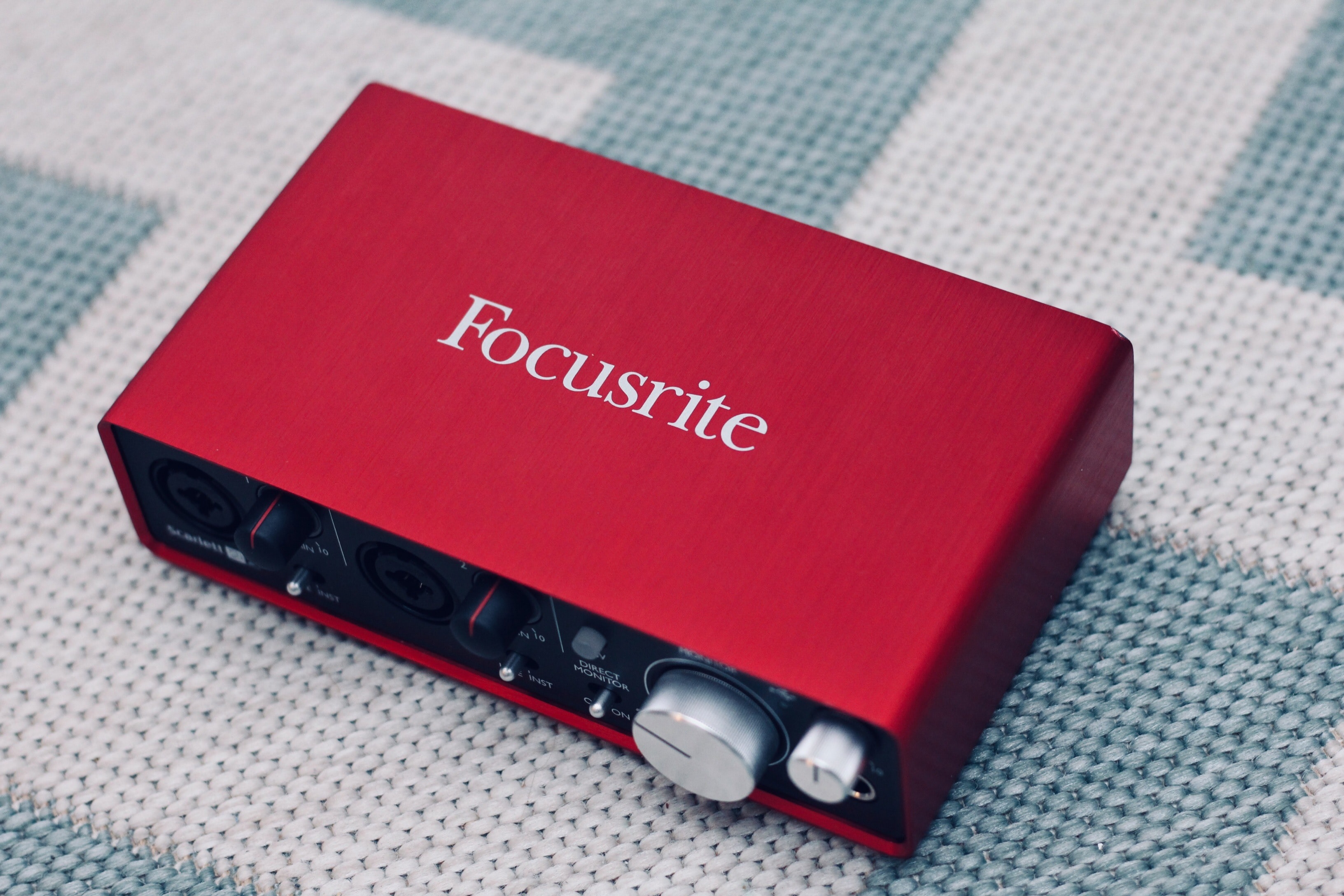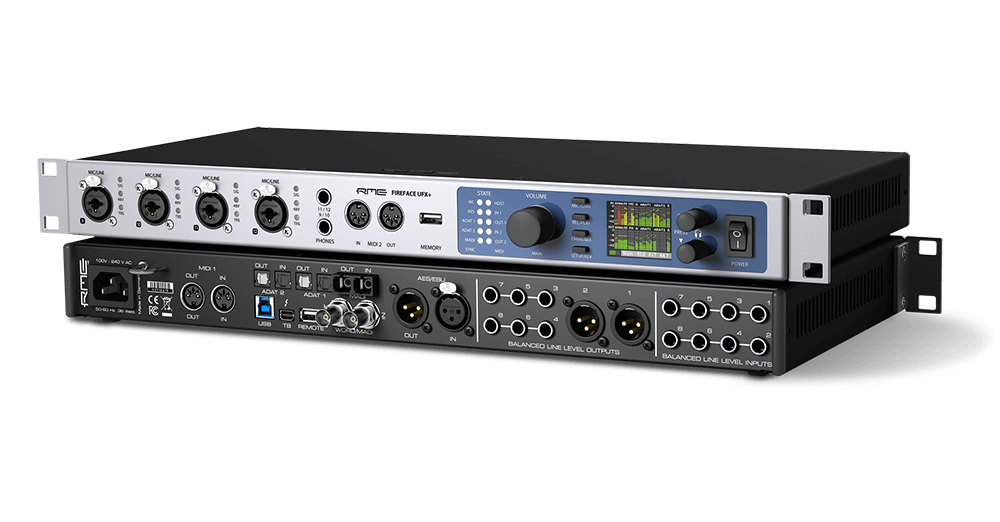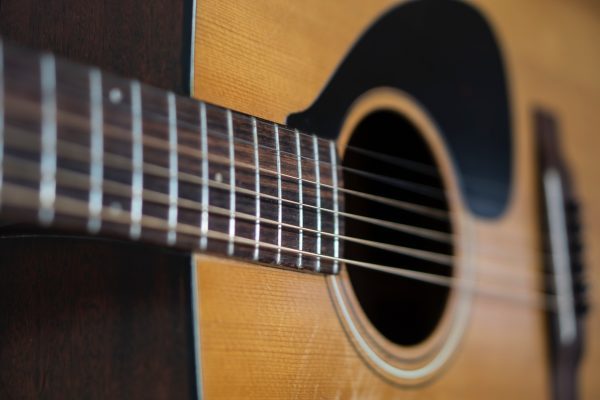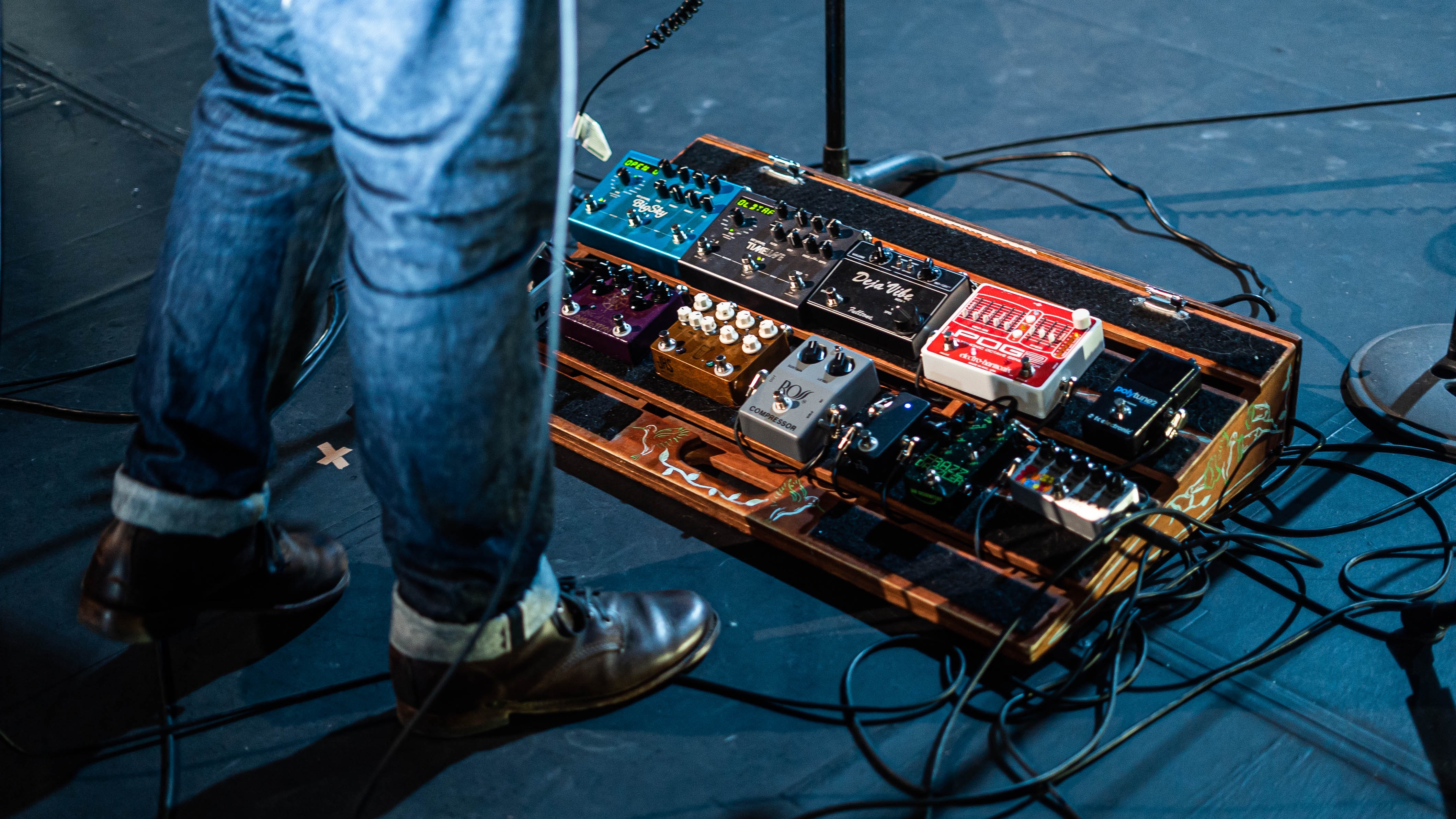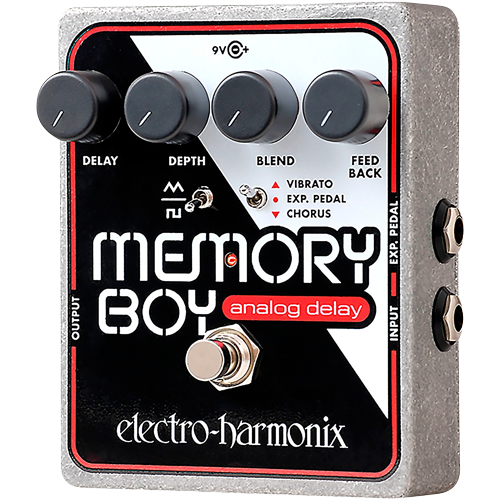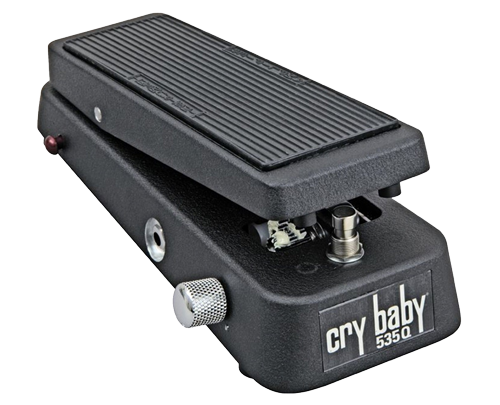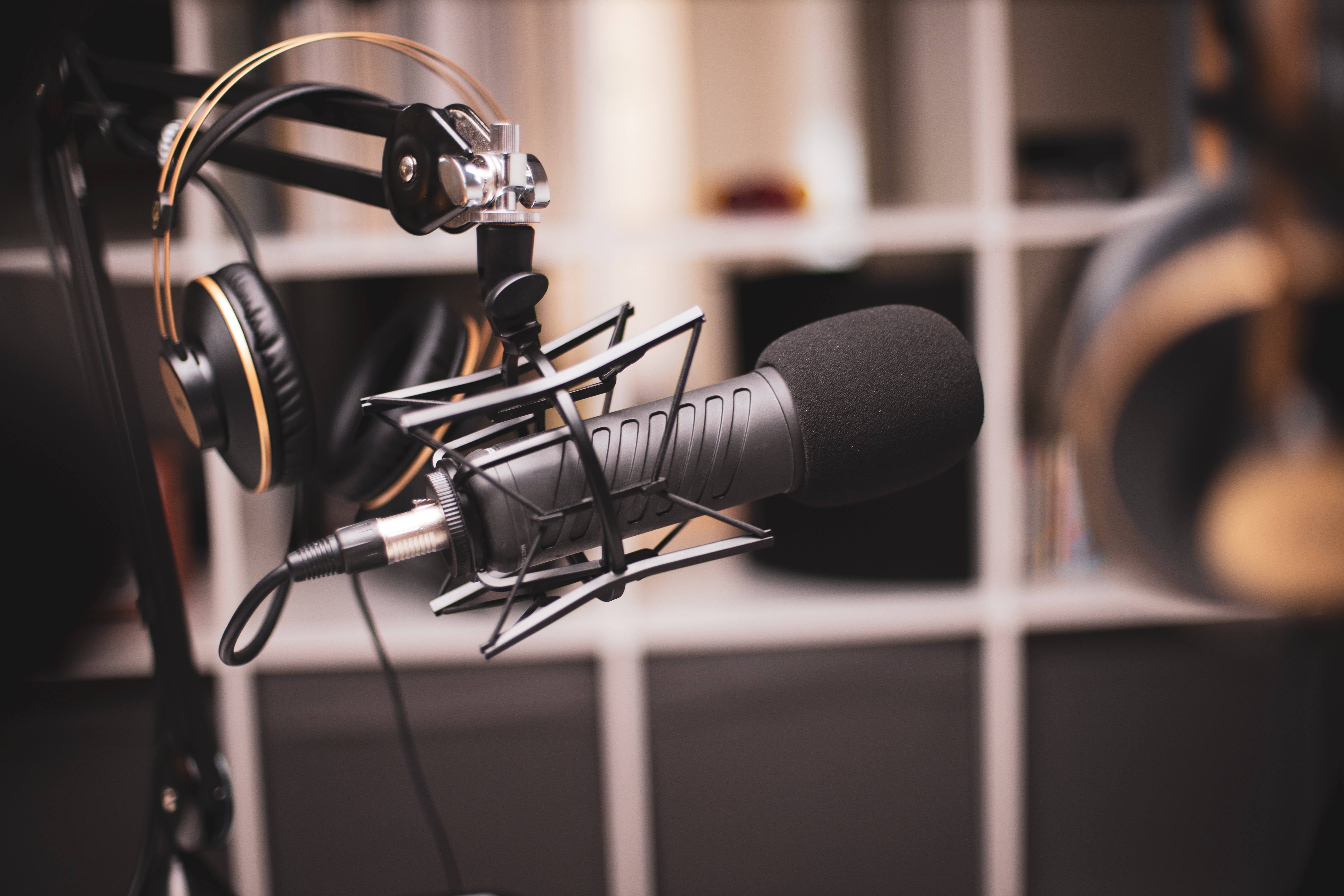
When recording your vocals or instruments, your microphone can make or break your production. There are many microphones on the market, and sorting through them is difficult and time-consuming. Worry not, we’ve got you covered with our list of some of the best microphones for home and live recordings.
Best Home Office Microphones
Shure MV5 Digital Condenser Mic
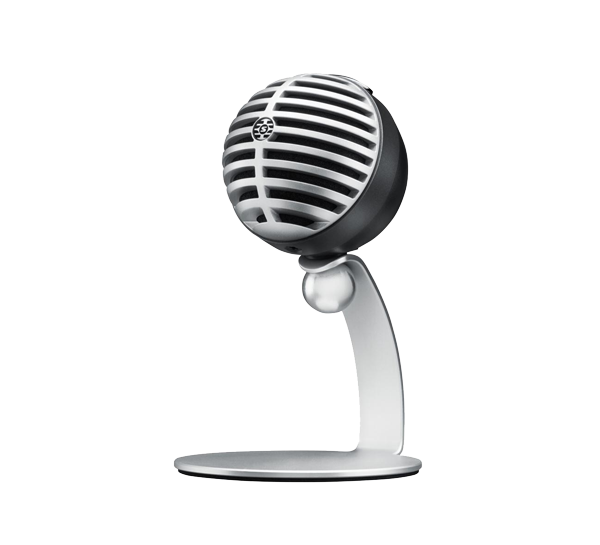
Connection: USB, Lightning
Pickup Pattern: Cardioid
If you want a stylish retro microphone that delivers excellent sound quality, look no further than the Shure MV5. It is Apple MFi certified, meaning you can plug it into any iOS device with a Lightning port, and comes with both a USB cable and a Lightning cable. The microphone is also equipped with a headphone jack for real-time monitoring and three preset DSP modes. If you need a budget-friendly microphone for your home office, consider the Shure MV5.
Audio-Technica AT2020USB+

Connection: USB
Pickup Pattern: Cardioid
Audio-Technica is highly-regarded in the professional audio industry, and for good reason. They’ve produced many iconic microphones for users of all levels. The AT2020USB+ is the USB version of their popular AT2020 microphone. This microphone features a headphone jack for live monitoring and mix control to blend your microphone signal with pre-recorded audio. Compatible with most computers, this microphone is an excellent choice for audio recordings and Zoom meetings.
Best Microphones For Recording Vocals
Shure SM58
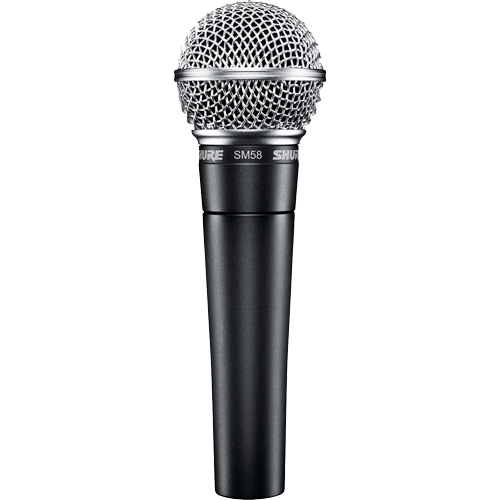
Connection: XLR
Pickup Pattern: Cardioid
The Shure SM58 cardioid vocal microphone is one of the most popular microphones worldwide. In fact, famous singers use them worldwide in their performances every day. So, why are pro studios with massive budgets using this microphone? Well, it’s excellent at eliminating feedback, and its rugged construction makes it perfect for live performances. If you want a legendary vocal recording microphone that pros around the world trust, the Shure SM58 is the obvious choice.
Shure SM7B
 Connection: XLR
Connection: XLR
Pickup Pattern: Cardioid
The Shure SM7B microphone has been used by music legends such as Michael Jackson over the years. It provides a rich, balanced tone and virtually eliminates feedback. Not only that, but its rugged construction and excellent cartridge protection mean you can rely on this legendary microphone for years to come.
Best Microphones For Recording Guitar
Shure SM57
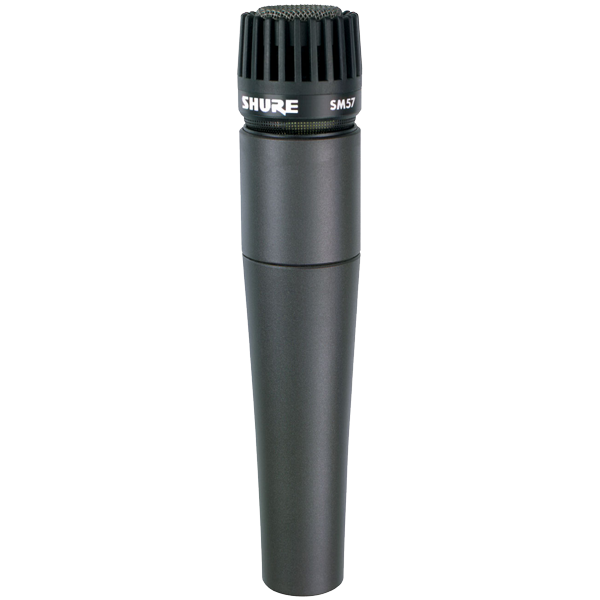
Connection: XLR
Pickup Pattern: Cardioid
Many regard the Shure SM57 as the industry standard for recording guitar amps. This microphone handles high sound pressure levels easily and picks up on high and low frequencies. It also has high feedback before gain functionality, making it perfect for stage use. The Shure SM57 is practical, cheap, and packs a punch, making it the standard microphone for many, including the President of the United States’ official podium.
Sennheiser e 609
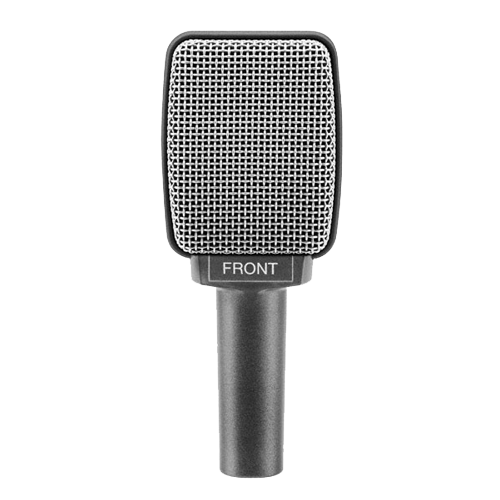
Connection: XLR
Pickup Pattern: Supercardioid
Explicitly designed for miking guitar cabs close to the source, the Sennheiser e 609 has the features you need to record your electric guitar. First, the flat design of this microphone allows it to kiss your amp. Second, the supercardioid polar pattern isolates the instrument from other sounds, which is especially useful for on-stage performances. So, if you’re looking for one of the best microphones for recording your guitar, look no further than the Sennheiser e 609.
Shure SM81-LC
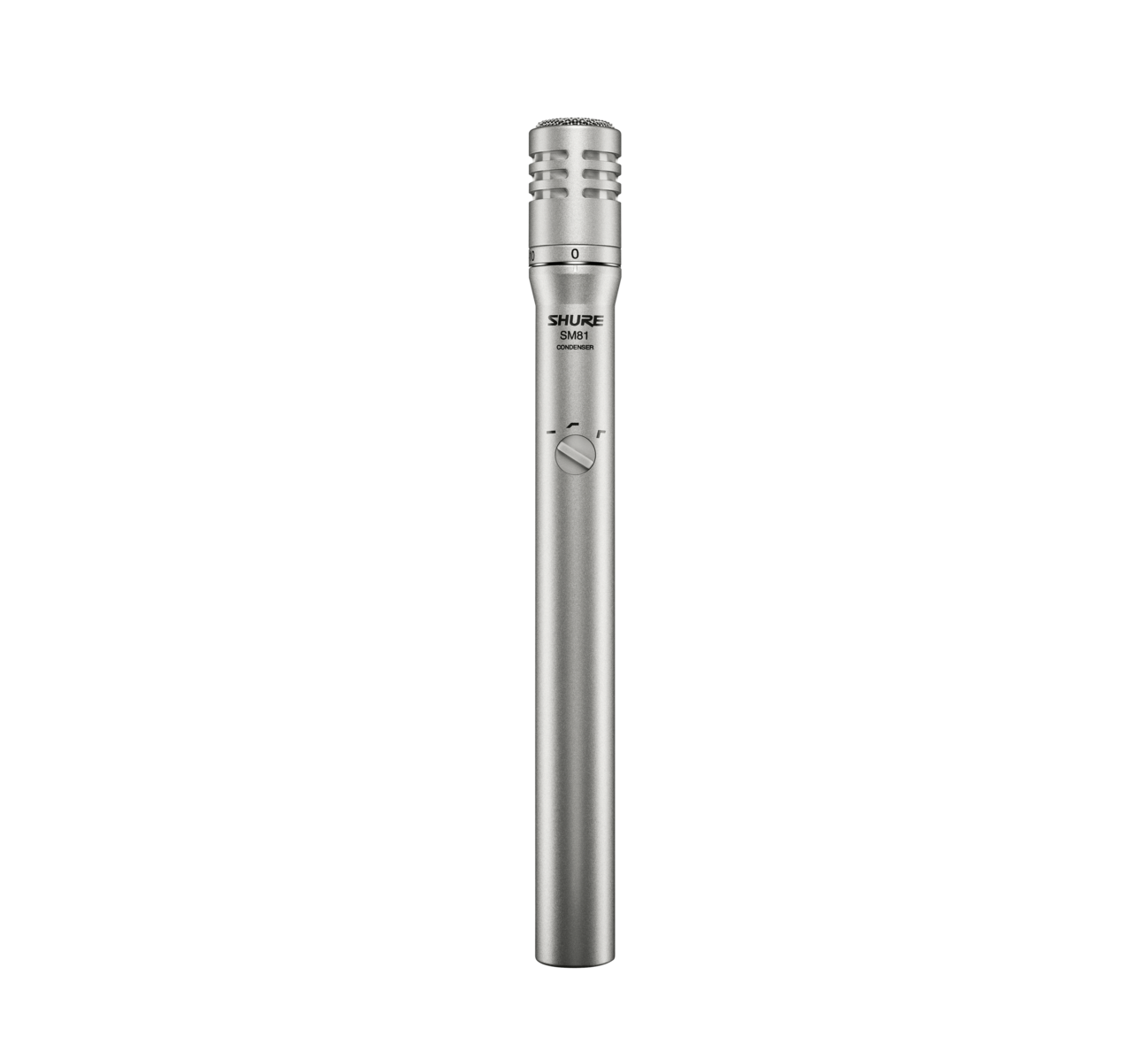
Connection: XLR
Pickup Pattern: Cardioid
For isolating your acoustic guitar, the Shure SM81-LC microphone is a fantastic choice. The frequency response is flat; however, the selectable low-frequency response is an option if you wish. Since it is a condenser microphone, it does requires a phantom power source with a decent pre-amp to get an optimal sound level out of the mic. However, if you want a great microphone for recording live acoustic guitar, consider the Shure SM81-LC.
Pick up one of these great microphones to sound your best in your next recording session. Hopefully, our list helps you find the best microphone for home and live recording needs. Want to browse more microphones? Check out our wide range of recording devices!

